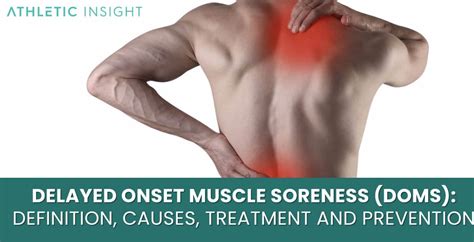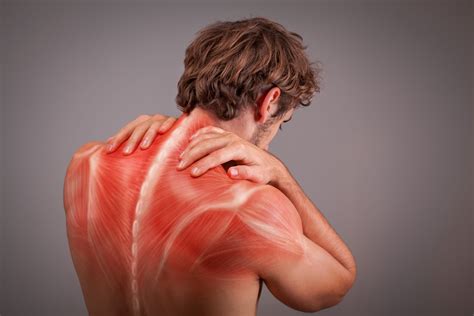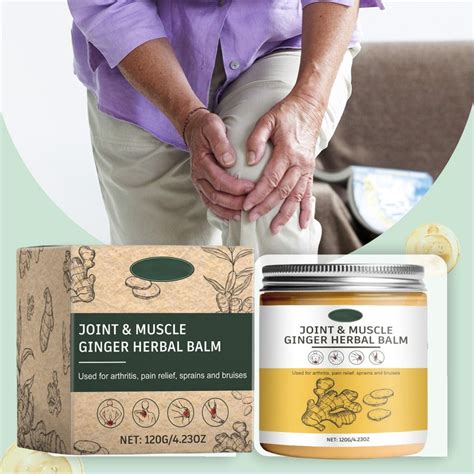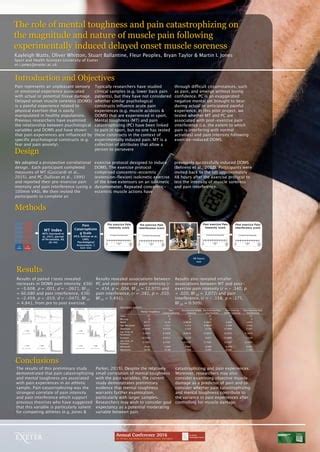Intro
Muscle soreness is a common phenomenon that affects individuals of all fitness levels, from professional athletes to casual exercisers. It's that dreaded feeling of stiffness and pain in your muscles after engaging in physical activity, especially when you're trying something new or pushing yourself beyond your usual limits. But have you ever wondered why your muscles get sore in the first place? Is it a sign of injury, or is it just your body's way of adapting to the demands you're placing on it? In this article, we'll delve into the world of muscle soreness, exploring its causes, symptoms, and most importantly, what you can do to alleviate it.
When you engage in physical activity, you're causing micro-tears in your muscle fibers. This might sound alarming, but it's a natural process that occurs as your muscles work to adapt to the stress you're putting on them. As your muscles repair these micro-tears, they become stronger and more resilient, which is why regular exercise is essential for building muscle mass and improving overall fitness. However, this repair process can also lead to inflammation and soreness, particularly if you're new to a particular activity or have increased the intensity or duration of your workout.
The science behind muscle soreness is fascinating, and it's closely linked to the concept of delayed onset muscle soreness (DOMS). DOMS is the technical term for the soreness you experience after engaging in unfamiliar or strenuous exercise, and it typically sets in 24 to 48 hours after the activity. This delayed response is due to the time it takes for your body to repair the micro-tears in your muscle fibers and for the inflammatory response to take hold. During this process, your body releases various chemicals and enzymes to promote healing, which can lead to the characteristic symptoms of muscle soreness, including pain, stiffness, and reduced range of motion.
Understanding Delayed Onset Muscle Soreness (DOMS)

DOMS is a normal response to exercise, and it's not a cause for concern. In fact, it's a sign that your body is adapting to the demands you're placing on it, and it's an essential part of the muscle-building process. However, severe or prolonged muscle soreness can be a sign of overtraining or injury, so it's essential to listen to your body and adjust your workout routine accordingly. By understanding the causes and symptoms of DOMS, you can take steps to alleviate muscle soreness and optimize your workout routine for better results.
Causes of DOMS
The causes of DOMS are multifaceted, and they involve a combination of factors, including: * Eccentric contractions: These occur when your muscles lengthen under load, which can lead to micro-tears in your muscle fibers. * Muscle damage: This refers to the actual damage to your muscle fibers, which can occur as a result of eccentric contractions or other forms of stress. * Inflammation: This is your body's natural response to injury, and it involves the release of various chemicals and enzymes to promote healing. * Enzyme release: During the repair process, your body releases various enzymes to break down and rebuild your muscle tissue.Symptoms of Muscle Soreness

The symptoms of muscle soreness can vary in severity and duration, but they typically include:
- Pain: This is the most obvious symptom of muscle soreness, and it can range from mild to severe.
- Stiffness: This refers to the reduced range of motion you may experience in your affected muscles.
- Inflammation: This can lead to swelling, redness, and warmth in the affected area.
- Reduced strength: Muscle soreness can weaken your muscles, making it more challenging to perform daily activities.
Factors That Influence Muscle Soreness
Several factors can influence the severity and duration of muscle soreness, including: * Intensity: Higher-intensity workouts can lead to more severe muscle soreness. * Duration: Longer workouts can also contribute to increased muscle soreness. * Frequency: Infrequent workouts can lead to more severe muscle soreness, as your body is not adapted to the demands you're placing on it. * Type of exercise: Eccentric exercises, such as downhill running or downhill skiing, can be more likely to cause muscle soreness.Alleviating Muscle Soreness

While muscle soreness is a natural response to exercise, there are several strategies you can use to alleviate its symptoms. These include:
- Stretching: Gentle stretching can help reduce muscle tension and promote blood flow to the affected area.
- Foam rolling: This can help reduce muscle soreness by promoting blood flow and reducing inflammation.
- Massage: Massage can help reduce muscle tension and promote relaxation.
- Rest and recovery: Adequate rest and recovery are essential for allowing your muscles to repair and rebuild.
Preventing Muscle Soreness
While it's not possible to completely prevent muscle soreness, there are several strategies you can use to reduce its severity and duration. These include: * Gradual progression: Gradually increasing the intensity and duration of your workouts can help your body adapt to the demands you're placing on it. * Warm-up and cool-down: Proper warm-up and cool-down routines can help reduce muscle soreness by promoting blood flow and reducing muscle tension. * Proper nutrition: Adequate nutrition, including protein, carbohydrates, and healthy fats, is essential for supporting muscle repair and recovery.Conclusion and Future Directions

In conclusion, muscle soreness is a natural response to exercise, and it's an essential part of the muscle-building process. By understanding the causes and symptoms of DOMS, you can take steps to alleviate muscle soreness and optimize your workout routine for better results. Whether you're a professional athlete or a casual exerciser, it's essential to listen to your body and adjust your workout routine accordingly. With the right strategies and techniques, you can reduce the severity and duration of muscle soreness, allowing you to perform at your best and achieve your fitness goals.
Final Thoughts
Muscle soreness is an inevitable part of the exercise experience, but it's not a cause for concern. By embracing the process of muscle repair and recovery, you can take your fitness to the next level and achieve your goals. Remember to stay hydrated, fuel your body with proper nutrition, and listen to your body, and you'll be on your way to reducing muscle soreness and achieving optimal fitness.What is delayed onset muscle soreness (DOMS)?
+Delayed onset muscle soreness (DOMS) is the technical term for the soreness you experience after engaging in unfamiliar or strenuous exercise, and it typically sets in 24 to 48 hours after the activity.
How can I alleviate muscle soreness?
+There are several strategies you can use to alleviate muscle soreness, including stretching, foam rolling, massage, and rest and recovery.
Can I prevent muscle soreness?
+While it's not possible to completely prevent muscle soreness, you can reduce its severity and duration by gradually increasing the intensity and duration of your workouts, warming up and cooling down properly, and fueling your body with proper nutrition.
We hope this article has provided you with a comprehensive understanding of muscle soreness and its causes, symptoms, and alleviation strategies. Whether you're a fitness enthusiast or just starting out on your exercise journey, we invite you to share your thoughts and experiences with us in the comments below. Don't forget to share this article with your friends and family, and stay tuned for more informative content on fitness and wellness.
